1. The Pet Rock
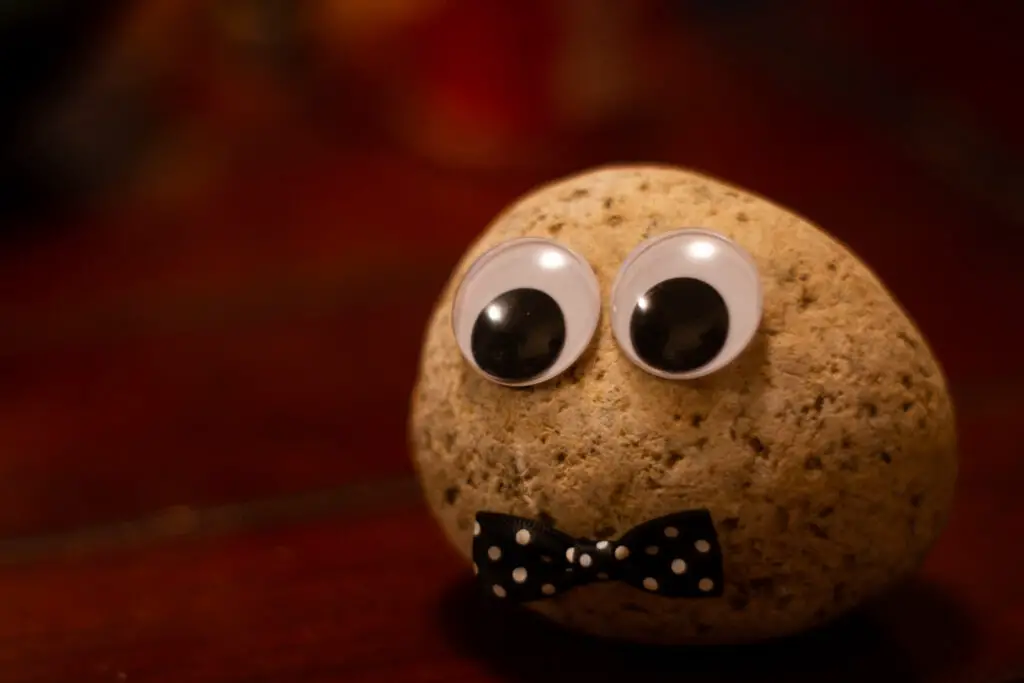
In the ’70s, there was a brief, bizarre fad where people were shelling out money for nothing more than a smooth rock. The “Pet Rock” was marketed as a low-maintenance pet that didn’t require food, water, or even a leash. You could buy one through mail-order catalogs for a few bucks and receive your rock in a small cardboard box, complete with breathing holes and straw bedding. It was the brainchild of Gary Dahl, a California advertising executive, and it somehow became a craze shares Boing Boing.
People treated their pet rocks like they would any other pet, naming them, giving them “commands,” and even putting them in pet beds. The idea was so absurd that it turned into a full-blown cultural phenomenon, even landing on TV talk shows and being featured in magazines adds NPR. It’s one of those oddball trends that seems impossible in hindsight but captured the public’s fascination for a short while. Who would have thought a rock could make you the life of the party?
2. Sea Monkeys

They looked like little creatures straight out of a cartoon, and yes, you could order them by mail in the ’70s. Advertised as “instant pets,” Sea Monkeys were actually brine shrimp eggs that, when mixed with water, would hatch and grow into tiny, translucent critters. They came in a small packet, along with instructions on how to bring your new “pet” to life. Despite the reality of their shrimp-like appearance, ads often showed them as playful, quirky creatures doing backflips in their aquariums says LADBible.
For many kids, the excitement came in watching the eggs hatch and hoping these little creatures would actually appear. But the reality was often a bit less magical—your Sea Monkeys might not look anything like the cartoon drawings. Even so, the promise of having your own “living, breathing pet” for just a few bucks had its charm. Sea Monkeys became a rite of passage for many young ’70s kids, even if they weren’t quite the lively companions advertised adds the Guardian.
3. X-Ray Glasses

Before the days of digital entertainment and augmented reality, X-ray glasses were all the rage in the ’70s. Advertised in comic books and mail-order catalogs, these glasses promised to allow you to see through walls, clothing, and even skin. In reality, they were just a novelty—nothing more than a pair of tinted lenses that created a distorted, “see-through” effect, mostly useful for teasing a friend. Still, the mystery and allure of X-ray vision had plenty of appeal.
Many people actually ordered these glasses, hoping for a glimpse into the secret world of the unknown. But after a few minutes of using them, it became pretty clear that they were no more than a gimmick. Still, the dream of being able to see what others couldn’t was a powerful draw. It was one of those quirky fads of the ’70s that fed into the era’s fascination with science fiction and the supernatural.
4. The Mood Ring
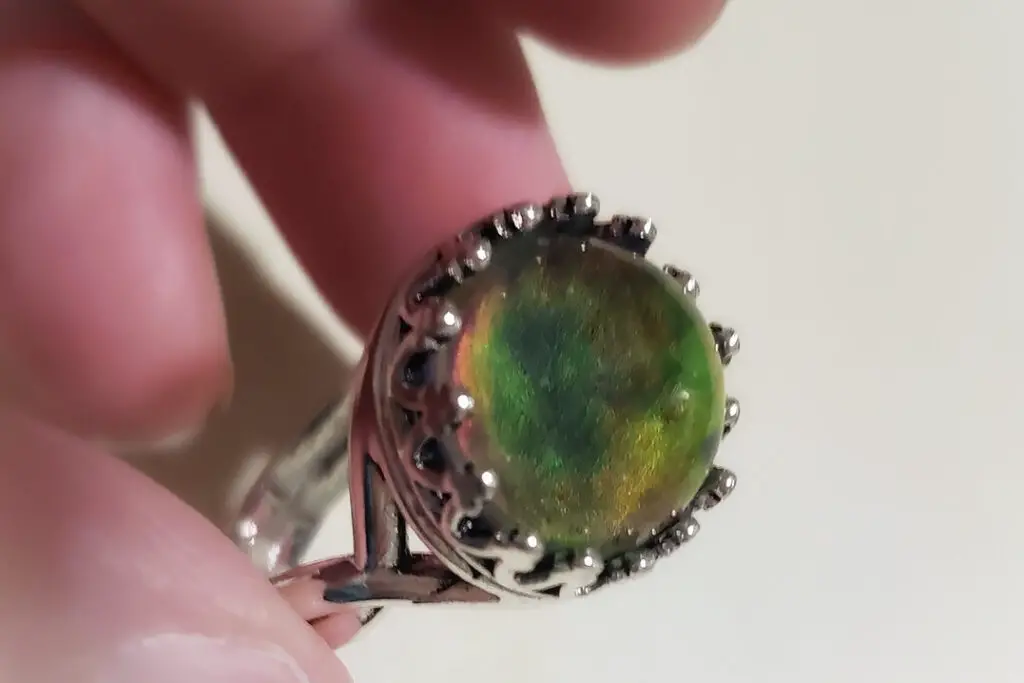
Ah, the mood ring. It was the accessory that was supposed to tell you how you were feeling without you saying a word. These rings changed color based on the temperature of your skin, and while the science behind it was a bit iffy, the promise was clear: a color-coded emotional readout. Popularized in the ’70s, the mood ring was a mail-order sensation, with catalogs showcasing their many vibrant hues as a way to “read” your emotions.
From blue to green to purple, each color supposedly represented a different mood. The more you wore the ring, the more you could “track” your emotional state, or so it seemed. It wasn’t exactly accurate, but that didn’t stop people from wearing them proudly. They became a symbol of the ’70s self-exploration movement, where emotions and personal growth were big themes, even if those rings didn’t quite have the mystical powers they claimed.
5. The E-Z Bake Oven
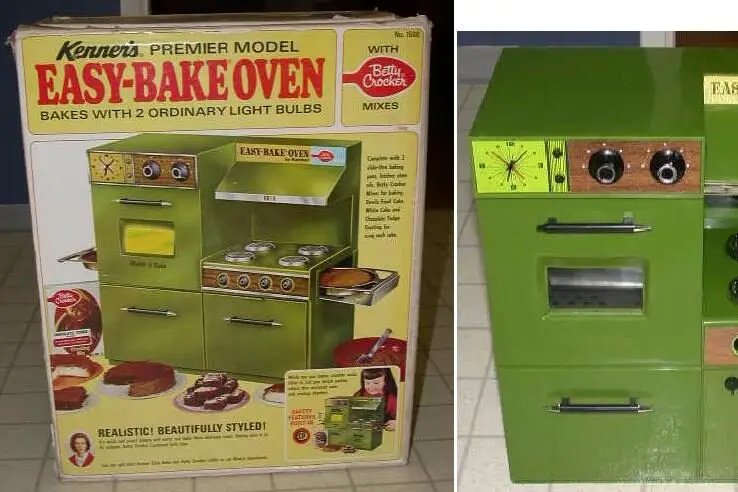
Technically, the E-Z Bake Oven came out in the ’60s, but it was still a major sensation in the ’70s. Kids could bake cakes, cookies, and brownies with nothing more than a light bulb for heat. This miniature oven, often ordered from a catalog, promised hours of fun and creativity in the kitchen for children, especially girls. The oven was safe enough for kids to use with minimal supervision, though it might take forever to bake a small cake.
Its charm wasn’t just in baking, but in the feeling of independence it gave kids who could suddenly whip up their own sweet treats. Though it was marketed to young girls, many boys also enjoyed the experience. It helped kids get a taste of the domestic side of life, long before the advent of easy-to-make microwave foods. And let’s be real—who didn’t love the smell of cake mix baking in a tiny plastic oven?
6. The 3D Viewer
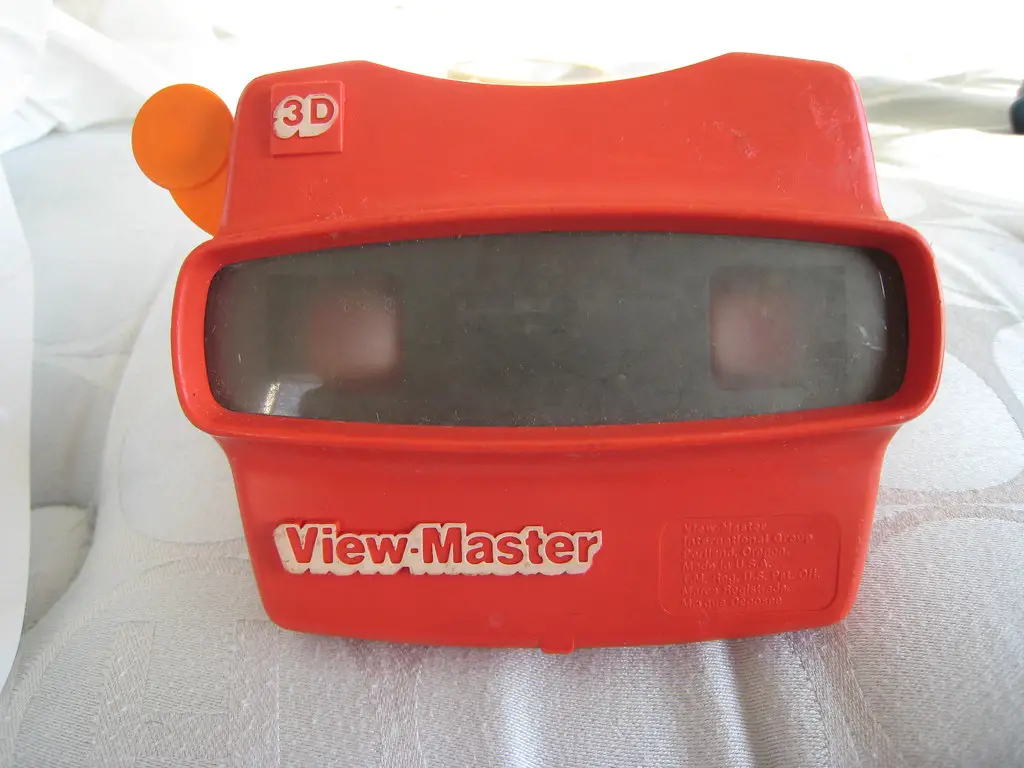
If you wanted to feel like you were stepping into another world, all you needed was a 3D viewer, a must-have gadget in the ’70s. This was a handheld device that allowed you to view special 3D slides, transporting you to different scenes, whether it was a nature hike or a far-off galaxy. You’d get a stack of slides, each with vibrant images that popped when viewed through the viewer, giving the illusion of depth.
The technology wasn’t groundbreaking by today’s standards, but in a pre-VR world, it was the closest thing to stepping into another reality. There was something magical about watching a seemingly flat image come to life right before your eyes. You could find them in mail-order catalogs, often sold as novelty toys or educational tools. Kids would eagerly tear into the box, excited to see the world in a whole new dimension.
7. The Sun Lamp
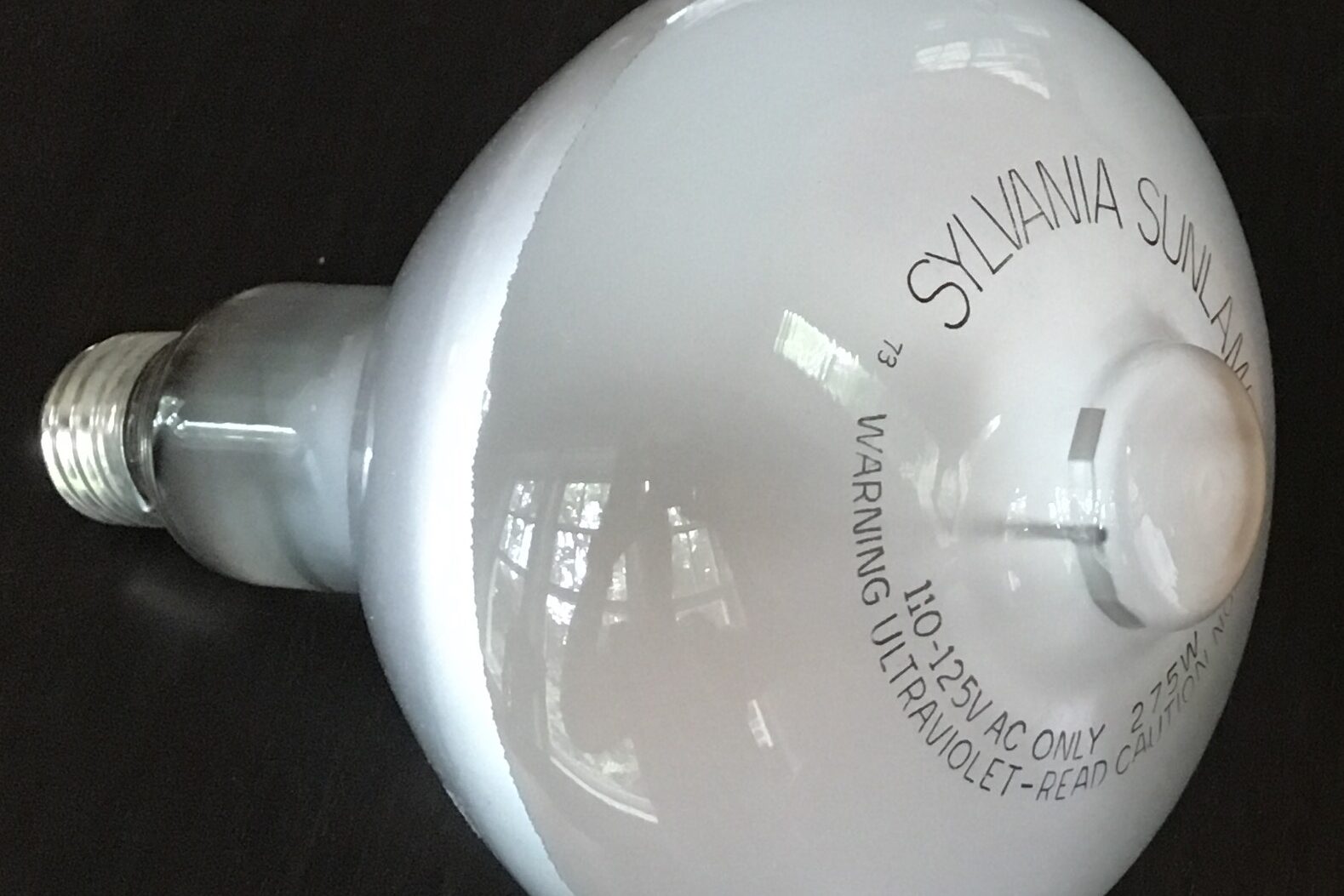
The ’70s were the era when everyone was trying to get that “perfect tan,” even if it meant sitting in front of a lamp for hours. Sun lamps, which were essentially miniature tanning beds, could be ordered through the mail and promised to give you that golden glow year-round. While they were touted as a way to maintain your summer tan in the colder months, they were also a way to catch up on that “natural” Vitamin D.
These lamps were popular among those who lived in areas where the sun wasn’t always cooperative. Of course, the reality was that prolonged exposure to the UV rays from these lamps could lead to some not-so-healthy side effects, including sunburns and skin damage. Still, the allure of having a permanent tan was too much for some to resist. It was a strange product of its time that tied into the culture’s obsession with beauty and tanning, even if it came with some risks.
8. The Lava Lamp Kit
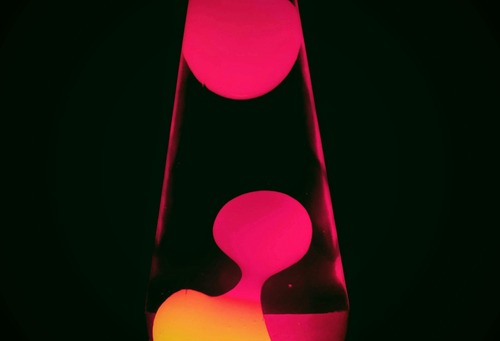
The lava lamp is a defining icon of the ’70s, known for its psychedelic colors and mesmerizing, slow-moving blobs. While you could buy them pre-made, you could also get a DIY Lava Lamp Kit through the mail. This kit allowed you to create your own version of the famous lamp, giving you the ability to customize the colors of the wax and liquid inside. The appeal was in the process itself—it was like crafting a mini art project with a twist.
For kids and adults alike, the idea of creating your own lava lamp from scratch was a dream. It was a perfect blend of DIY culture and the era’s love of groovy, far-out decor. Plus, once assembled, the lamps would provide hours of entertainment as you stared at the ever-changing blobs of wax floating and sinking. The kits sold for just a few dollars, making them an affordable and fun activity for anyone looking to add a little extra flair to their space.
9. The Instant Camera
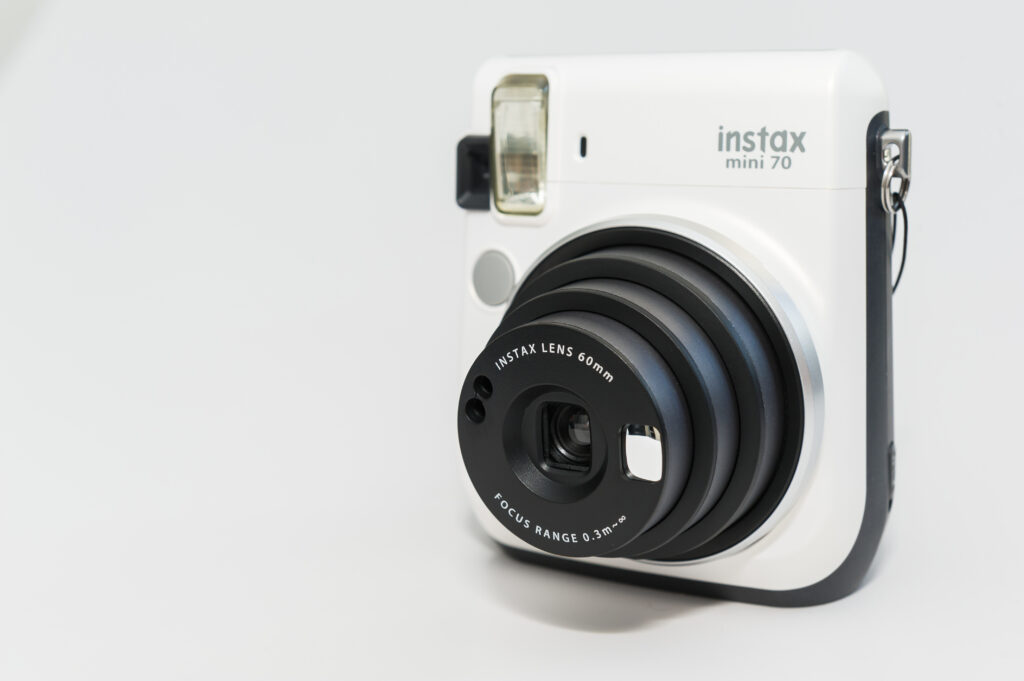
Before digital photography and smartphones, there were instant cameras, and in the ’70s, they were a revolutionary way to capture moments. With brands like Polaroid leading the charge, you could order an instant camera by mail and take photos that developed right in your hands within minutes. No waiting at a photo lab or developing film—just snap a picture and watch it come to life.
Instant cameras had a certain charm, allowing you to capture spontaneous memories with instant gratification. Plus, you could share the photo with friends or family right away, creating a sense of connection. They were marketed as a fun and easy way to capture memories in an instant, and for many, they were a staple at parties and family gatherings. The magic of watching a photo appear out of thin air was a big draw for the ’70s crowd.
10. The Electric Hair Roller Set
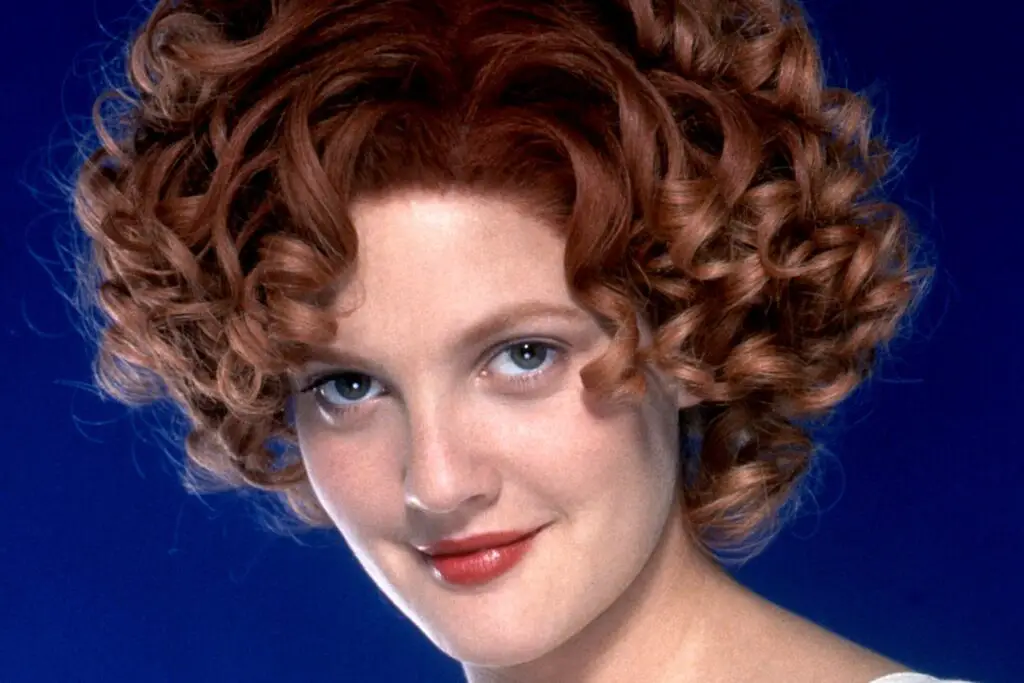
In the ’70s, big hair was in, and the best way to achieve that volume was with an electric roller set. These devices, which could be ordered through the mail, allowed you to curl and volumize your hair without the fuss of traditional curlers. They came with a set of heated rollers, which you’d place in your hair and let them work their magic, giving you the perfect, fluffy look. They were an essential part of getting the perfect ’70s hairdo.
For women looking to create the voluminous styles that were all the rage, the electric roller set was a godsend. While they weren’t quite as high-tech as the curling irons we use today, they were an improvement on the old-fashioned rollers. The convenience of being able to style your hair at home, without having to visit a salon, made these gadgets a hit. With these in hand, you could easily channel your inner Farrah Fawcett.
11. The Light-Up Skateboard

Skateboarding was one of the coolest trends to hit the streets in the ’70s, and some mail-order catalogs offered a twist on the classic skateboard: the light-up skateboard. These decks were fitted with lights that would illuminate as you skated, making you the brightest kid on the block. They weren’t just about style—they were a way to make a statement and stand out from the crowd, especially during night-time skate sessions.
Though they may sound a little hokey today, these light-up boards were all the rage for kids who wanted to show off their skating skills and have a little fun in the process. It wasn’t just about performance but about making an impression. The flashing lights would catch the eye of passersby, and they quickly became a sought-after item. Skateboarding culture had a unique charm, and these boards helped define that moment in time.
12. The Amiga Video Game Console
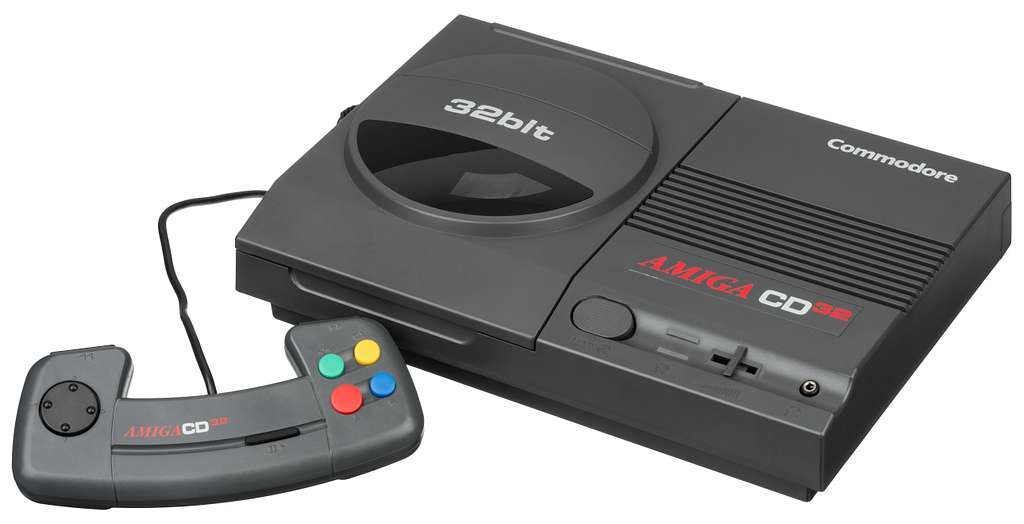
Before the days of gaming systems like PlayStation or Xbox, there was the Amiga, a mail-order video game console that gained popularity in the ’70s. It wasn’t the most sophisticated system, but it was one of the first home consoles that allowed users to play video games on their TV. With a joystick controller and a selection of games, it promised hours of entertainment without the need for arcades.
While it wasn’t a household name like other consoles of the era, the Amiga had a small, loyal following. The games were basic by today’s standards, but for many families, it was their first foray into the world of video games. Plus, it was a relatively affordable way to enjoy interactive entertainment at home. Even though the Amiga never reached the same level of success as some competitors, it paved the way for the video game revolution that would follow.
